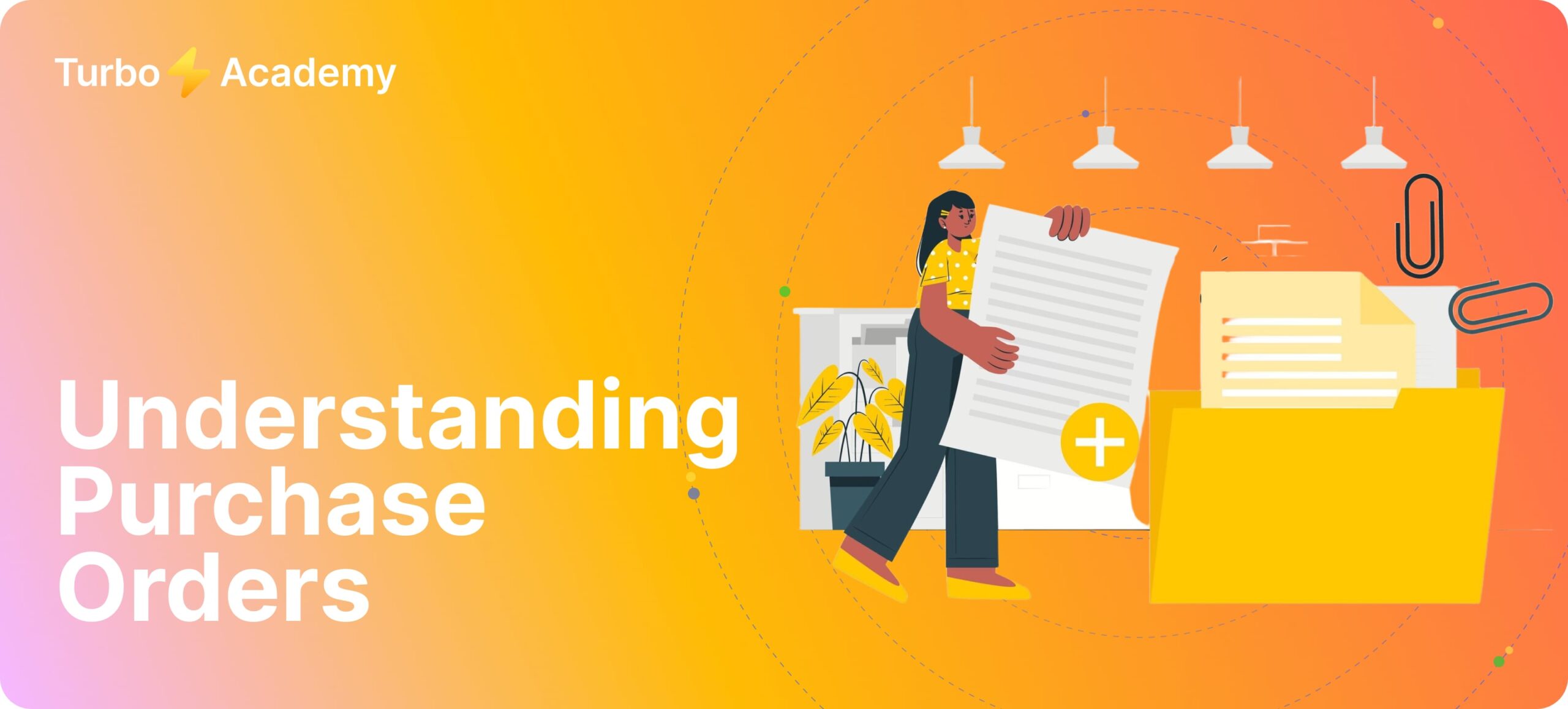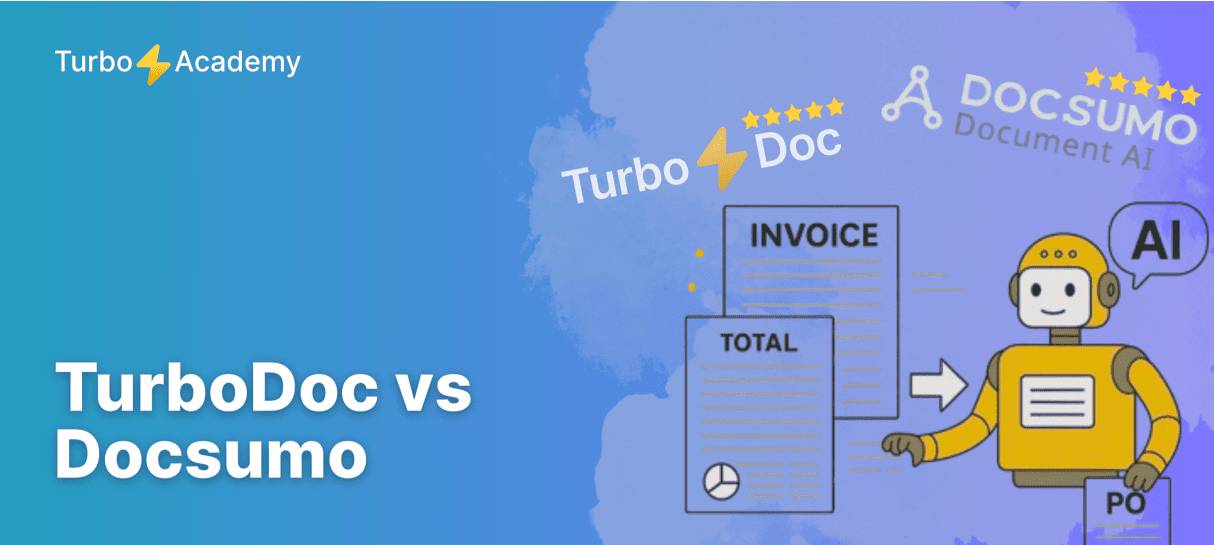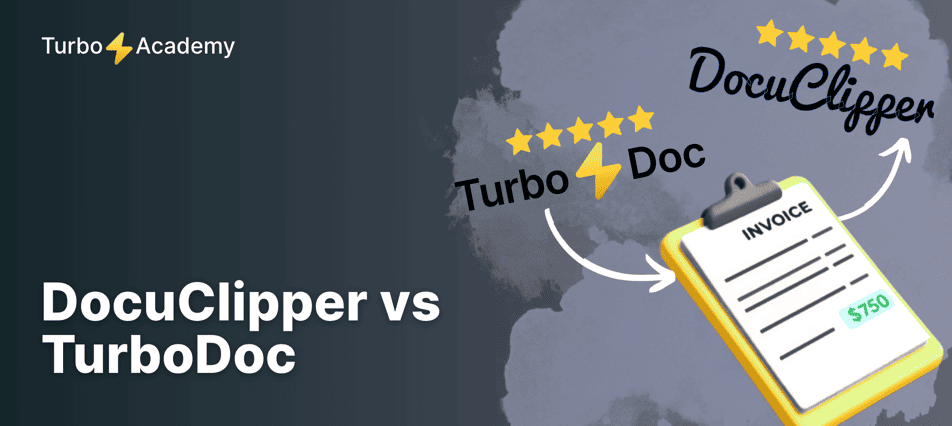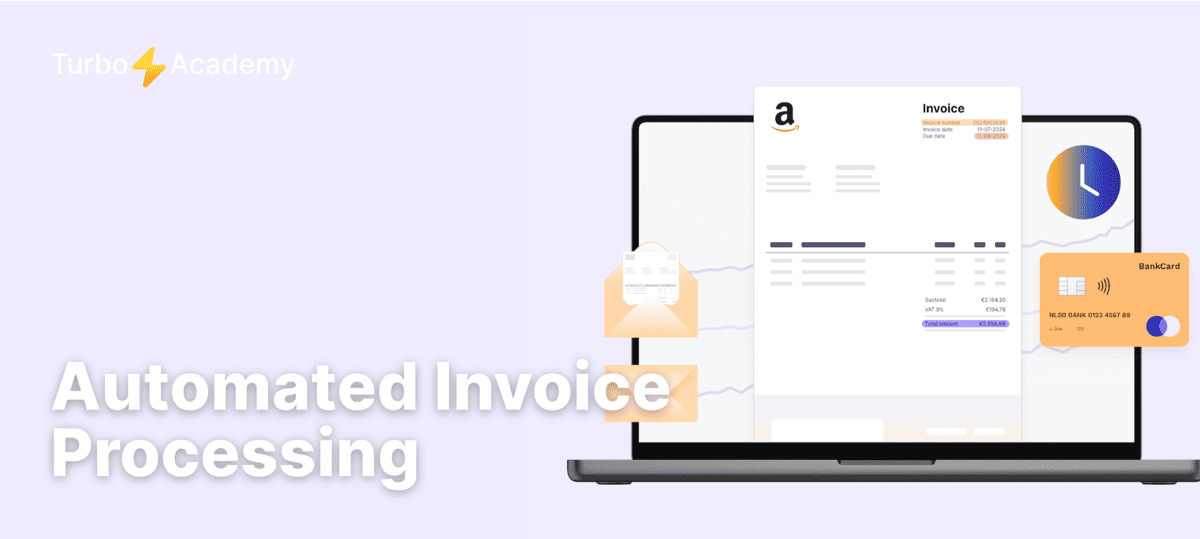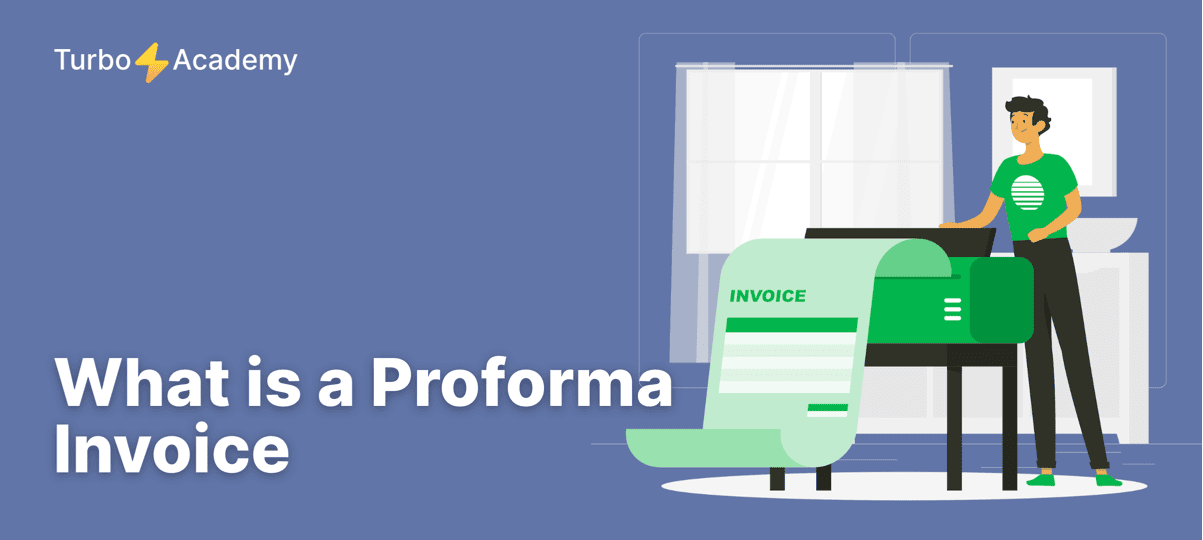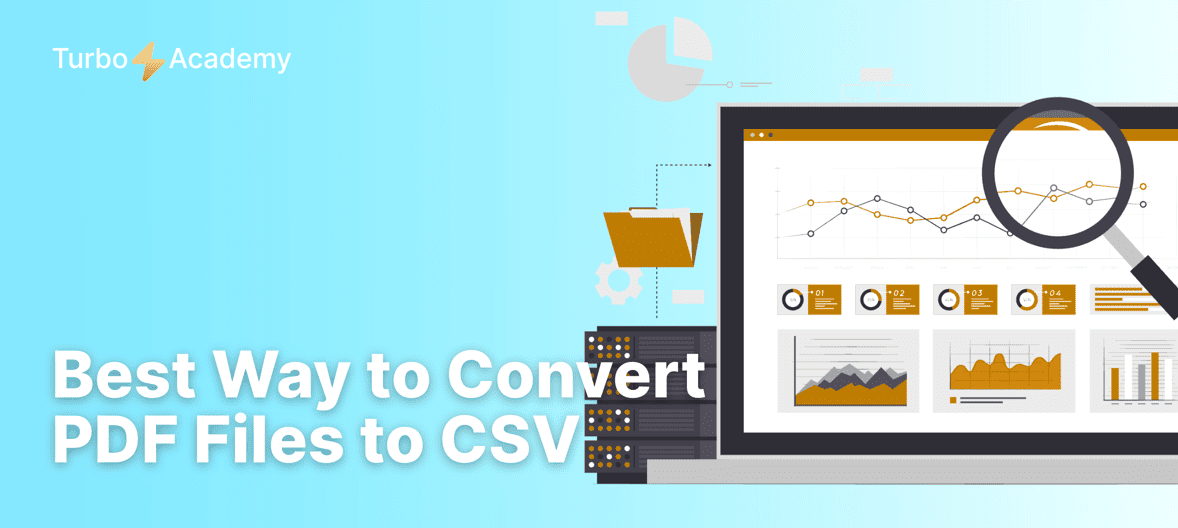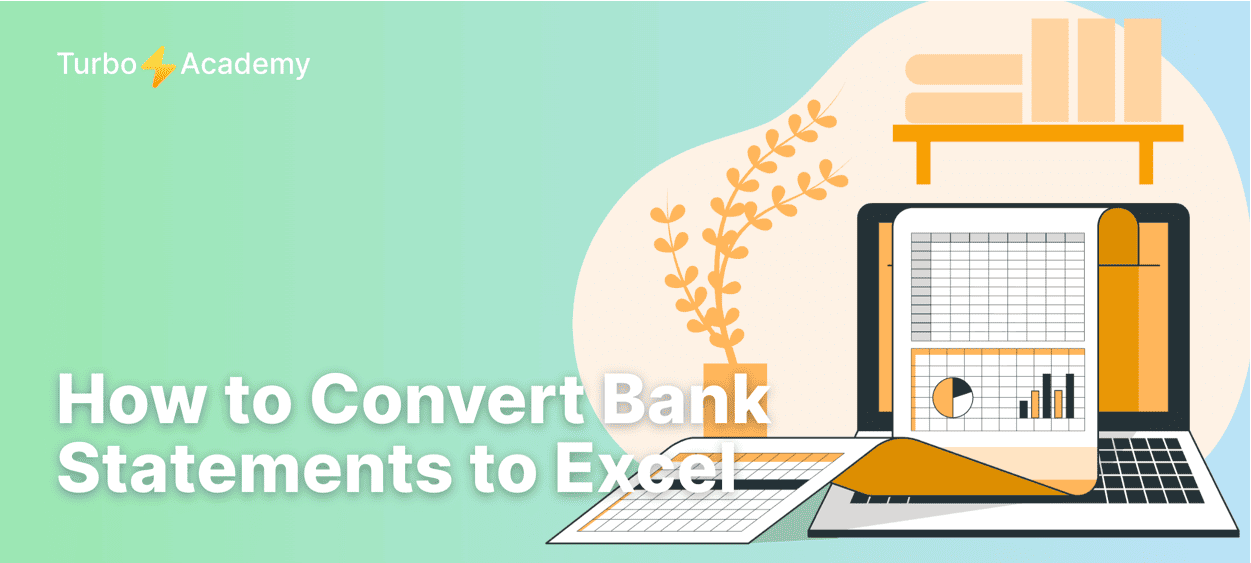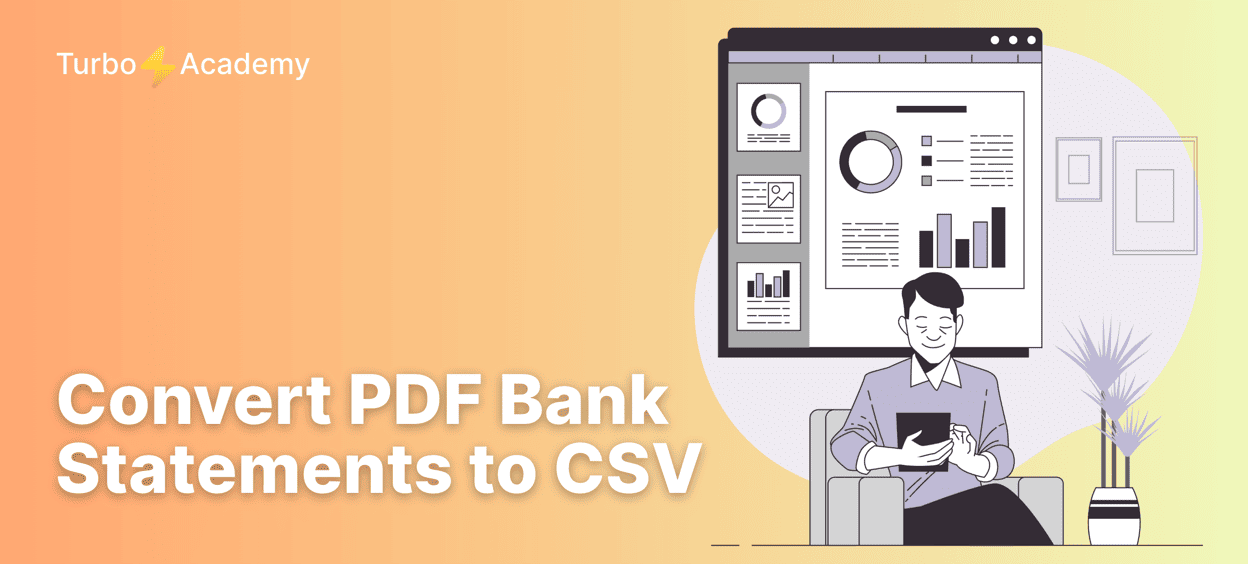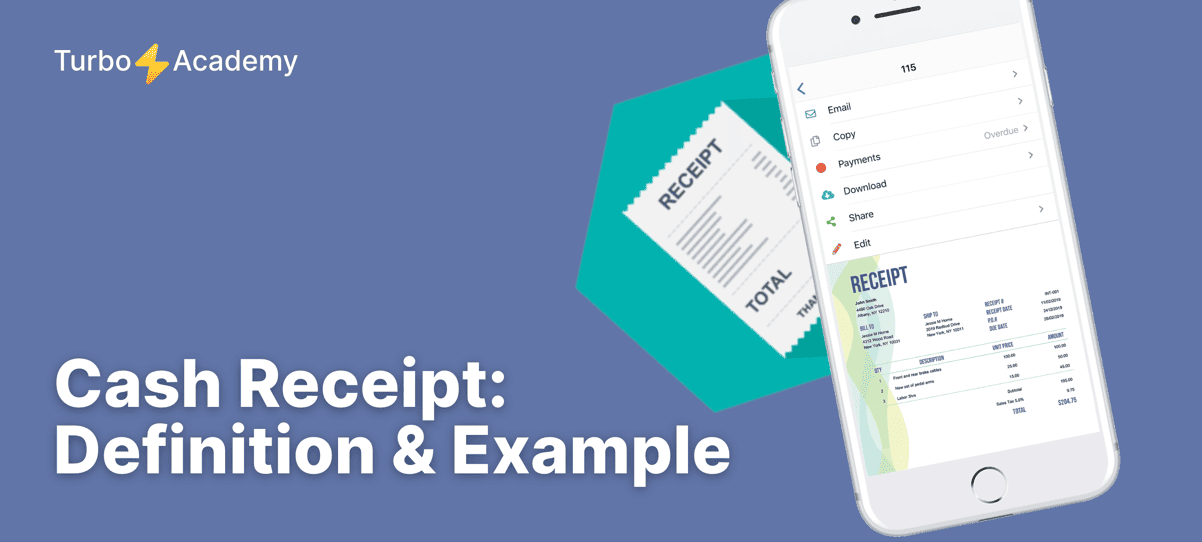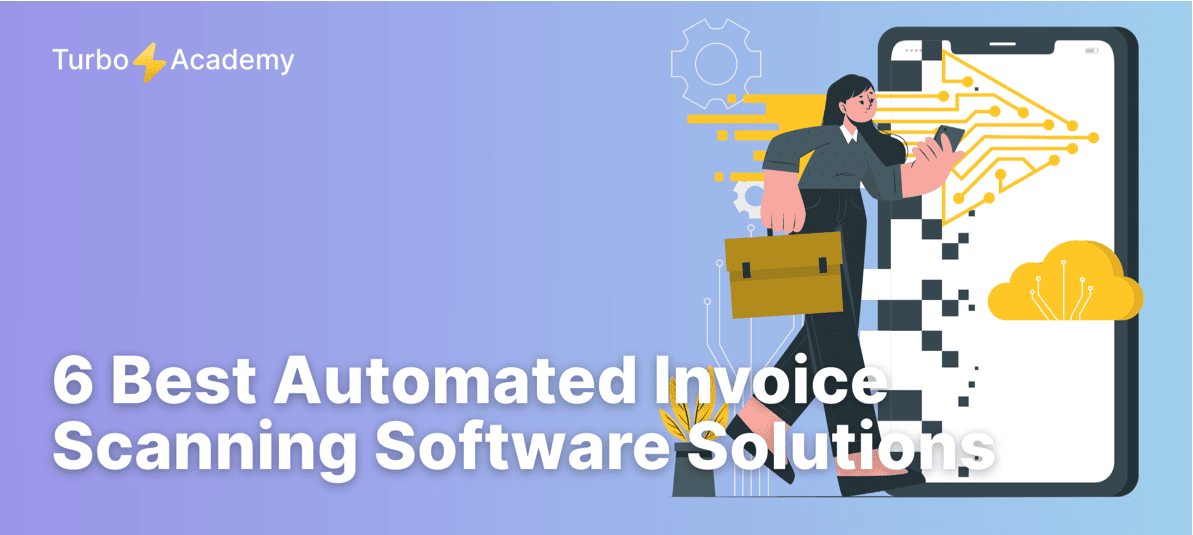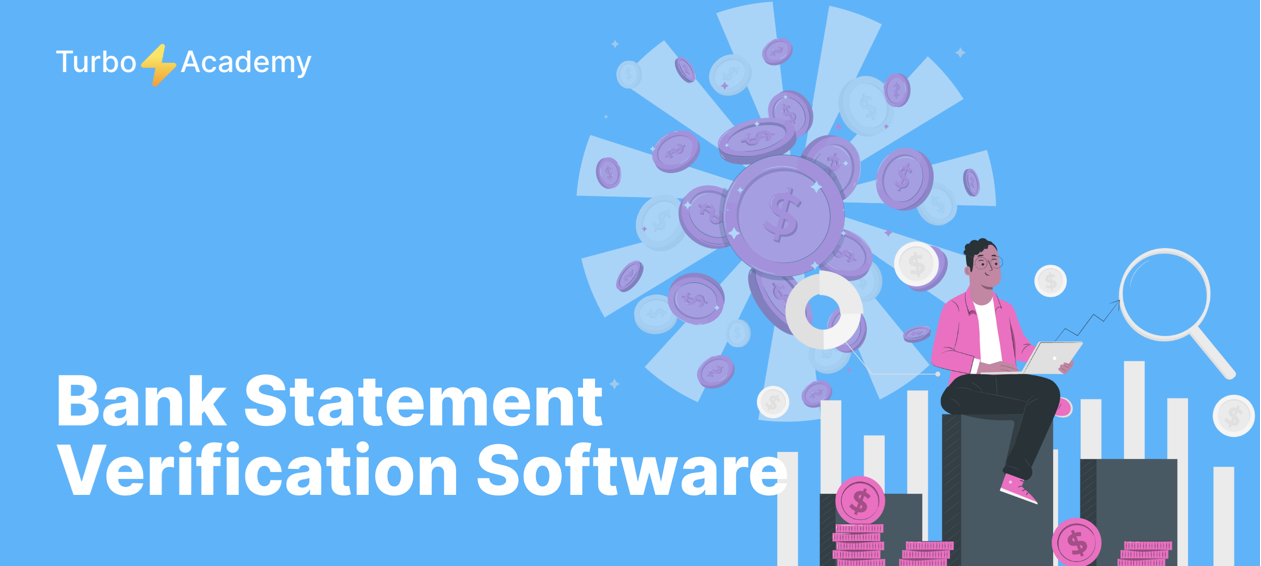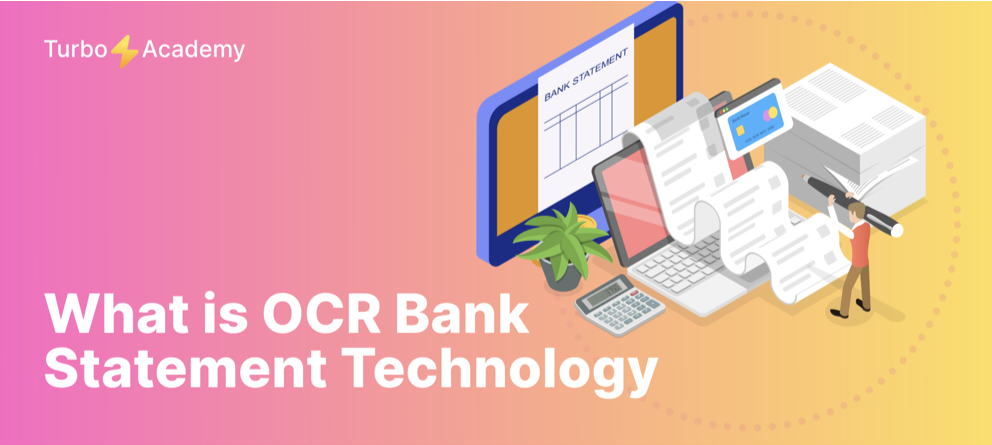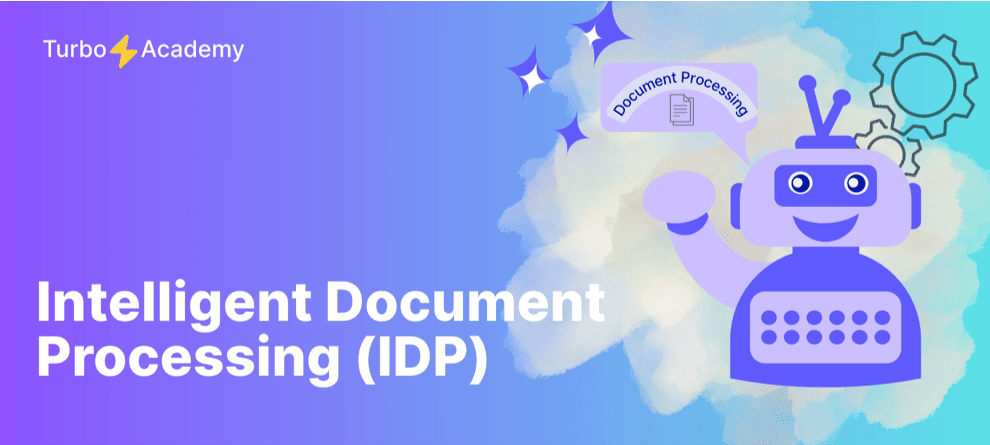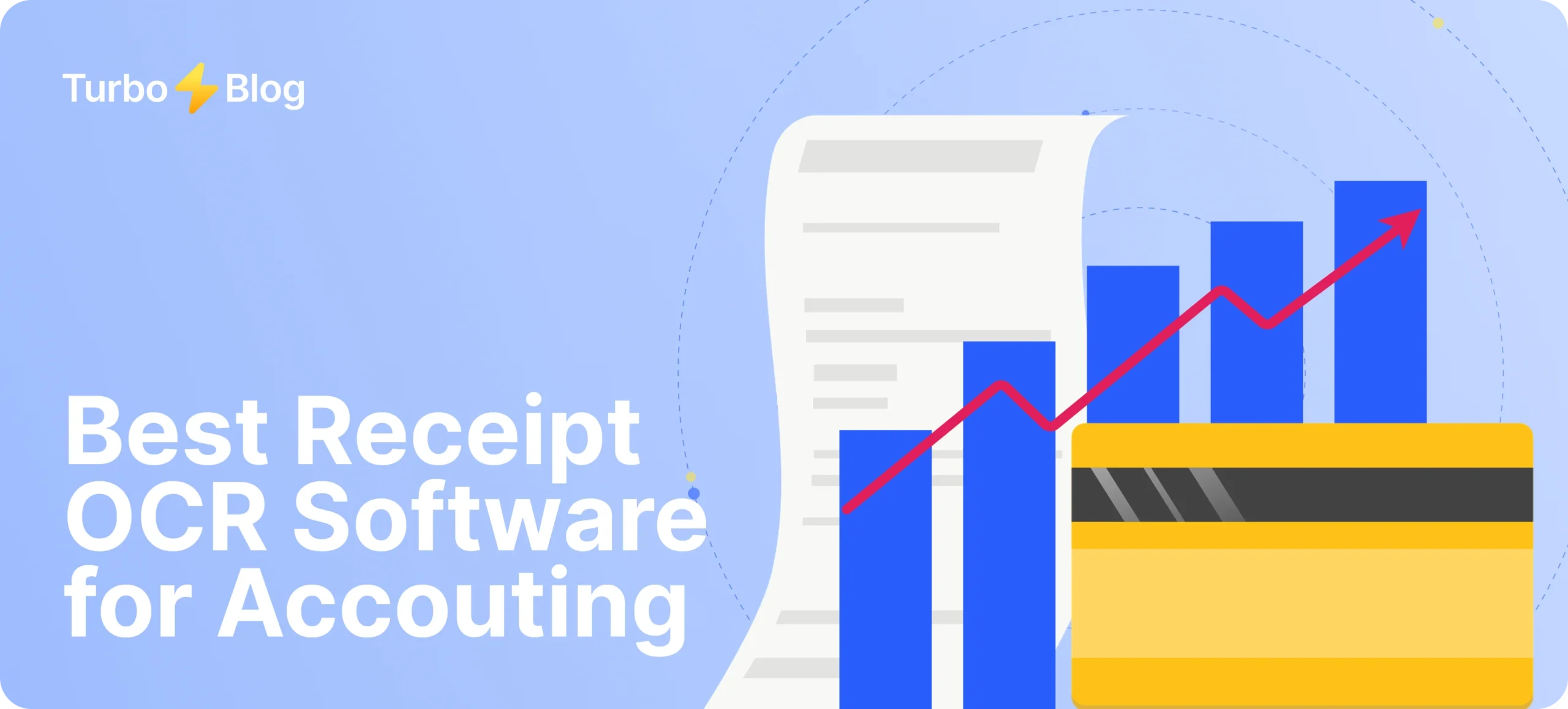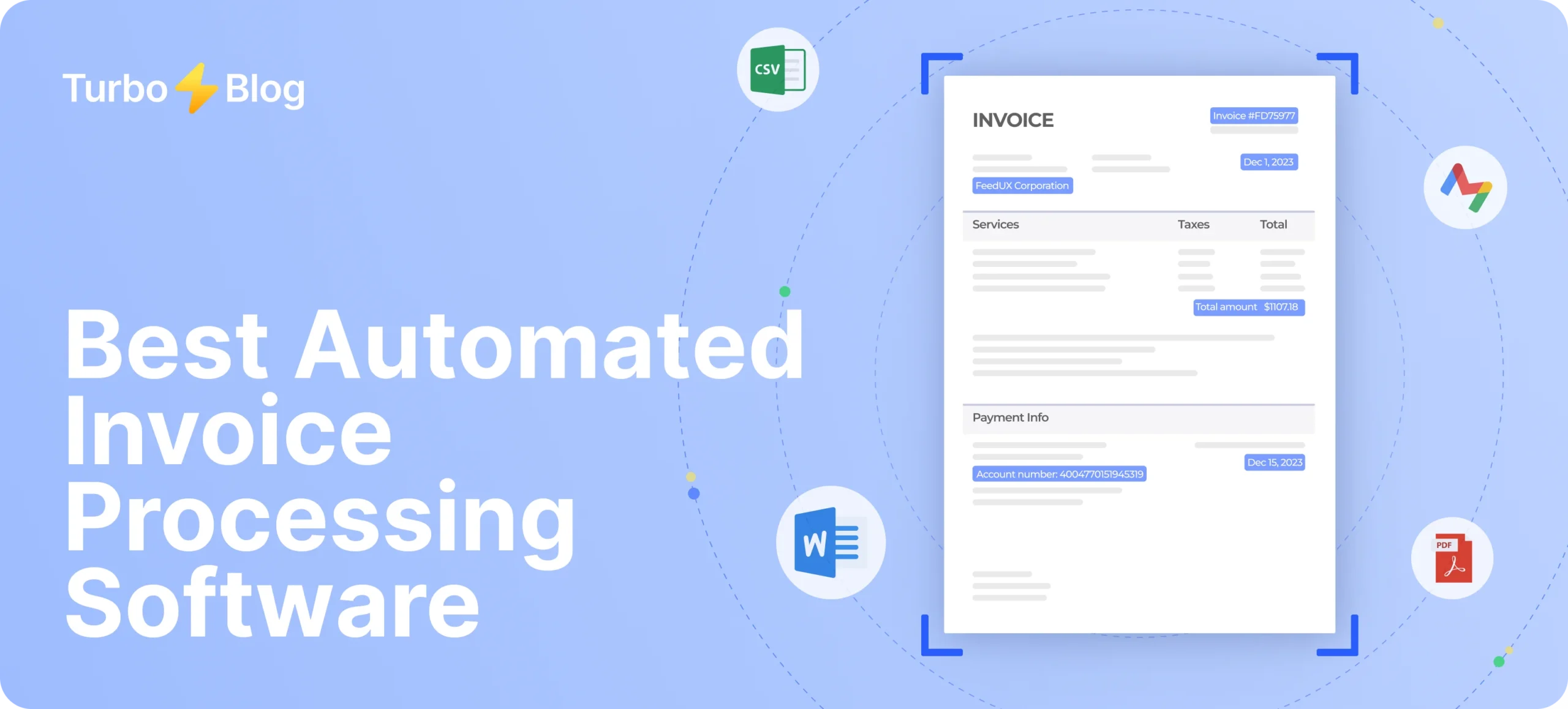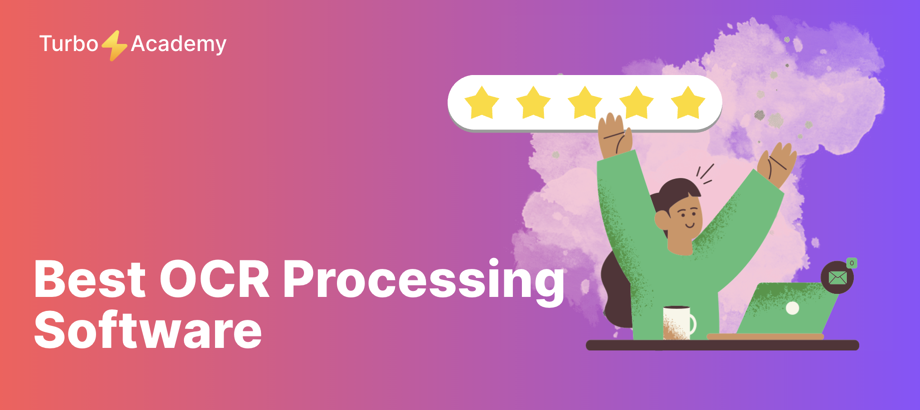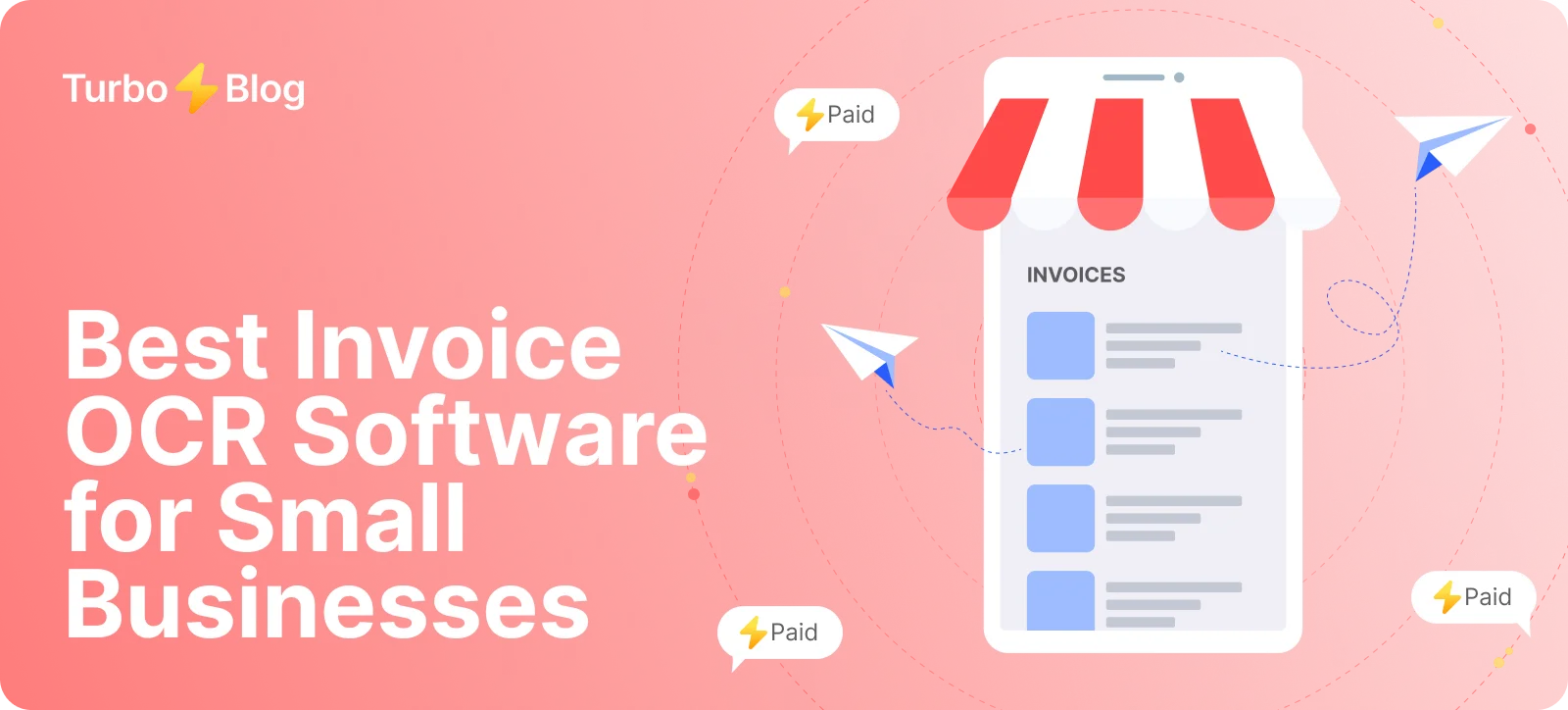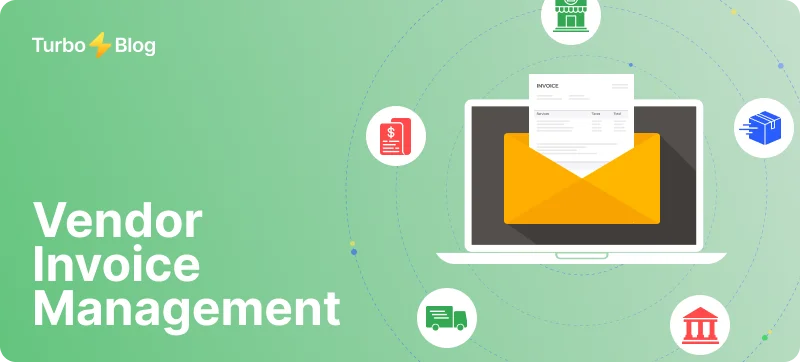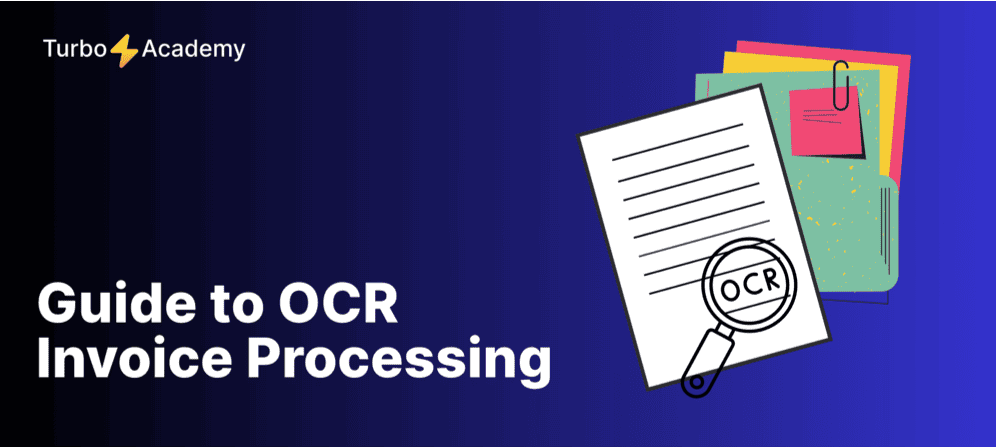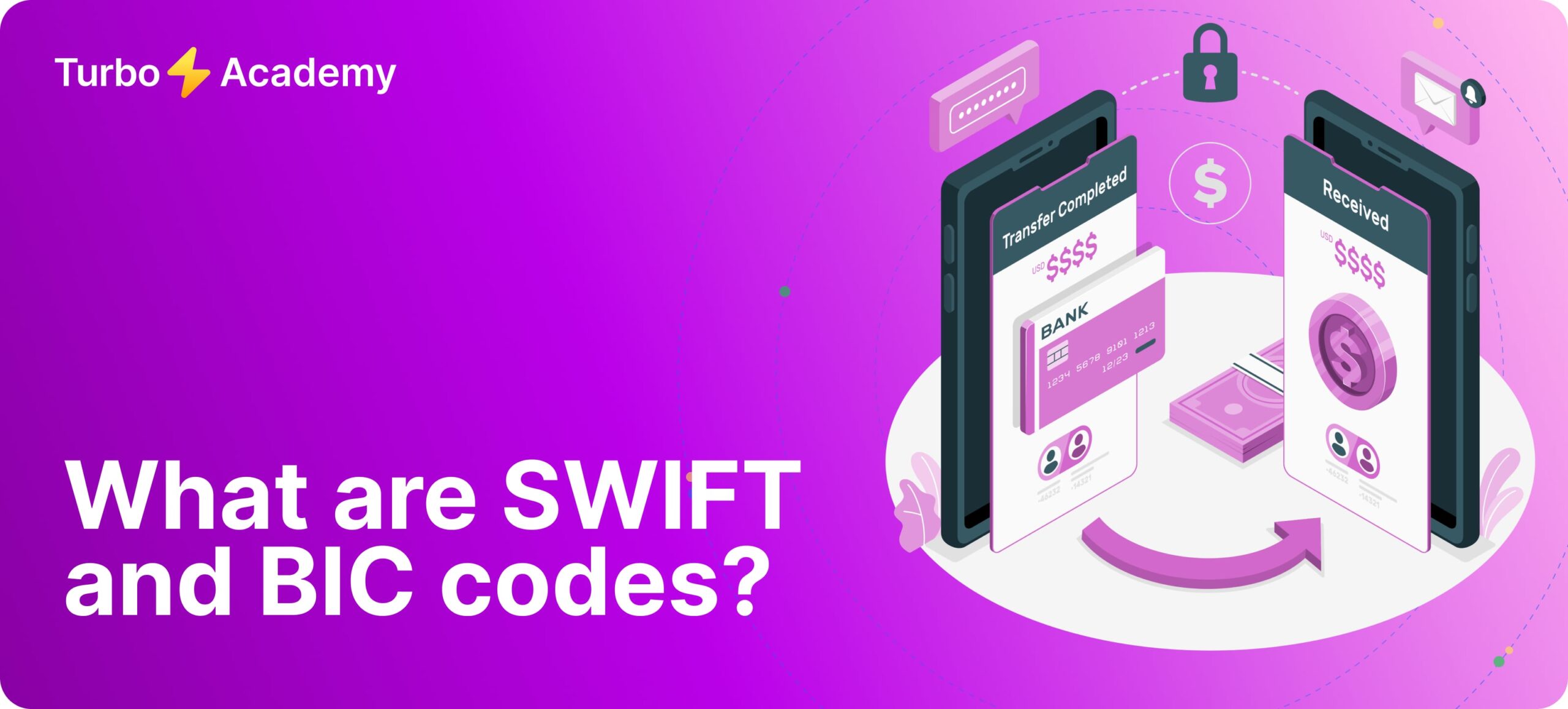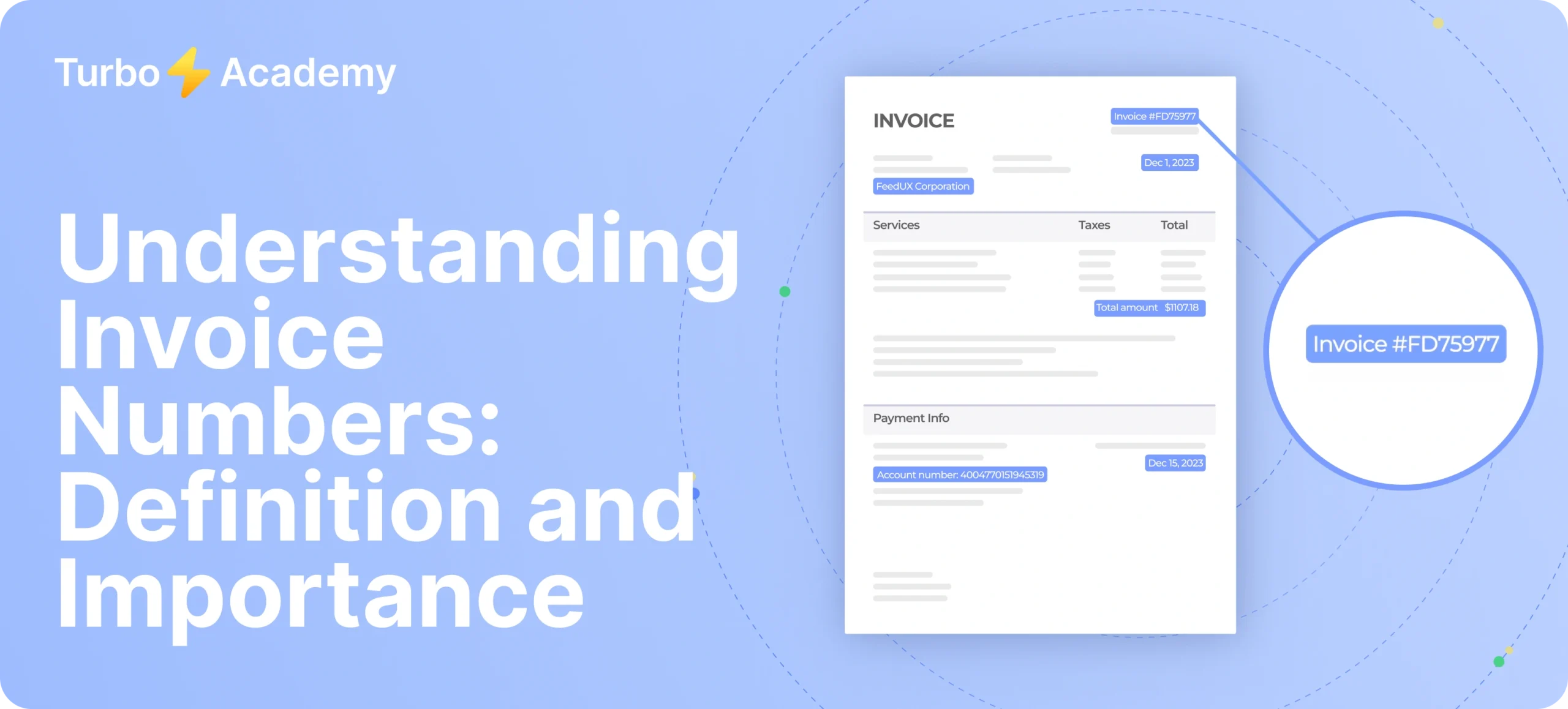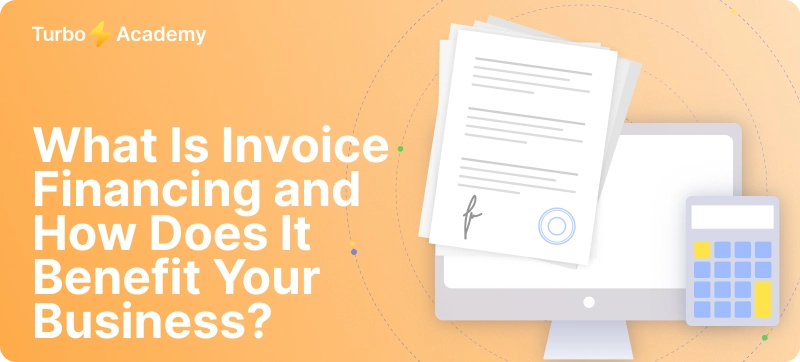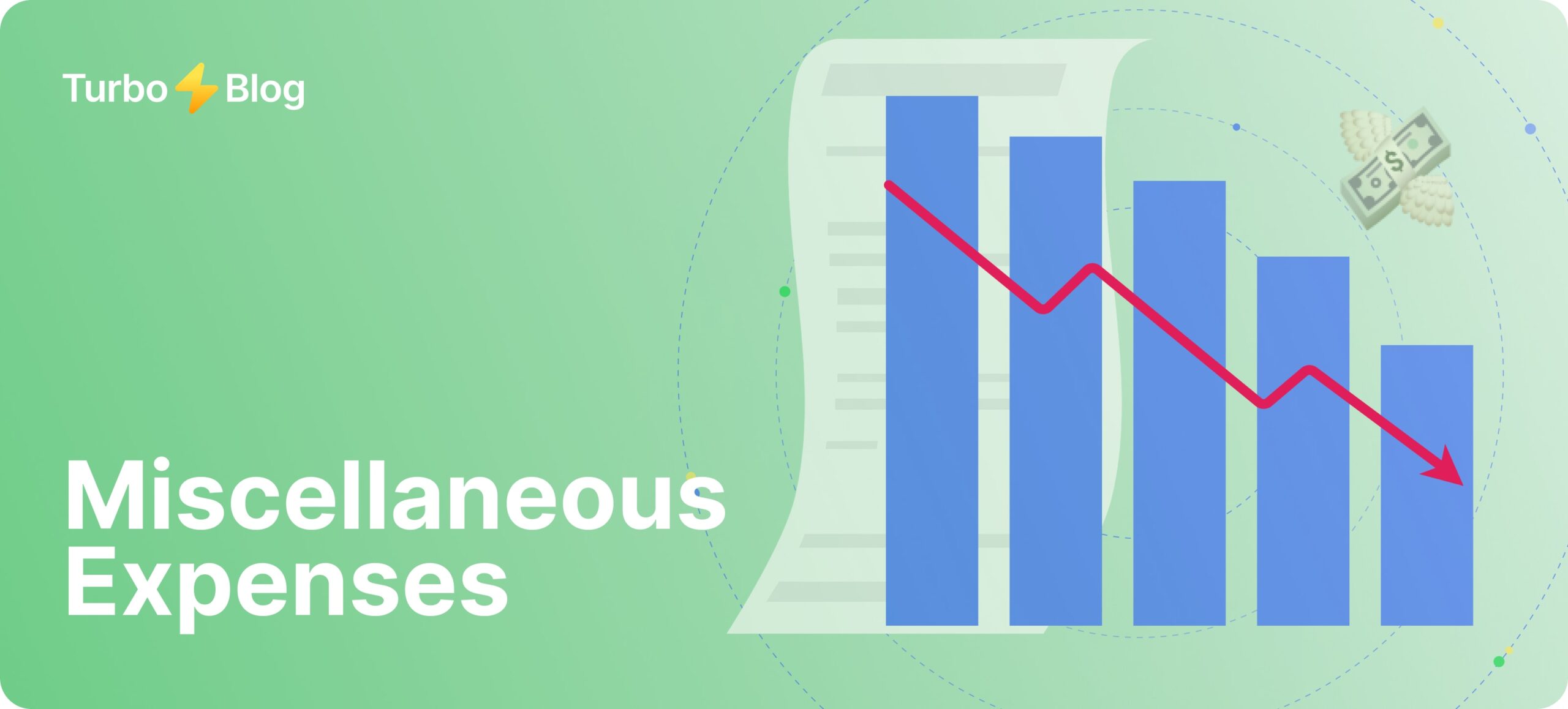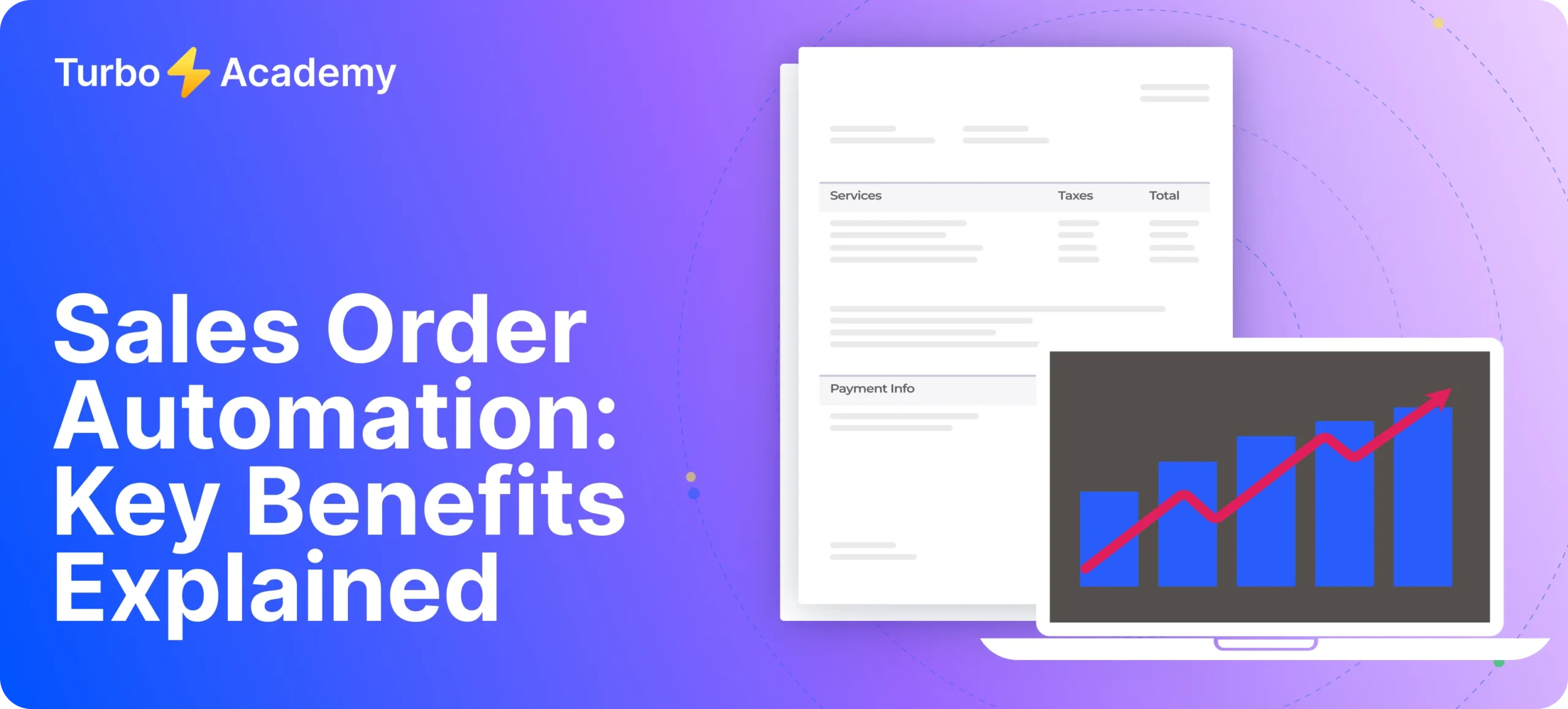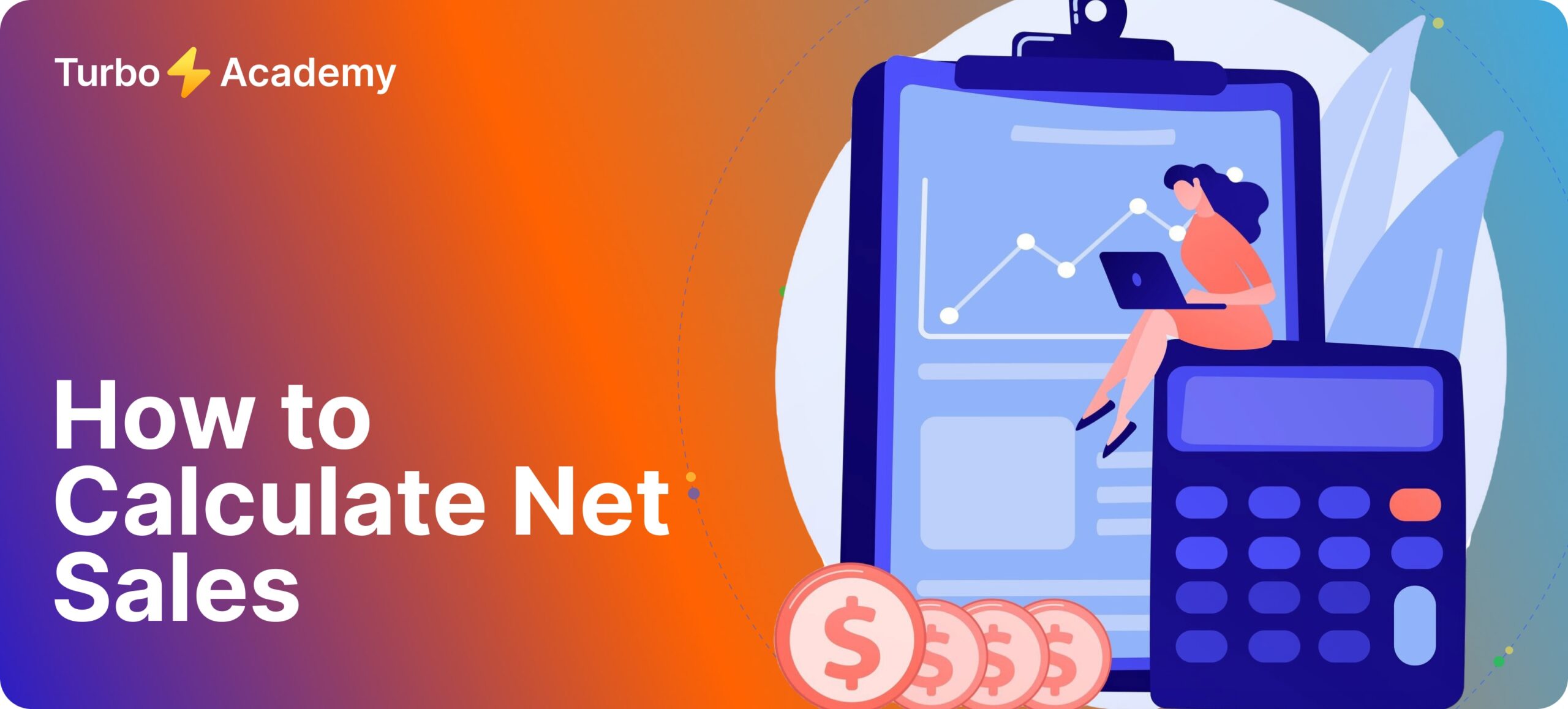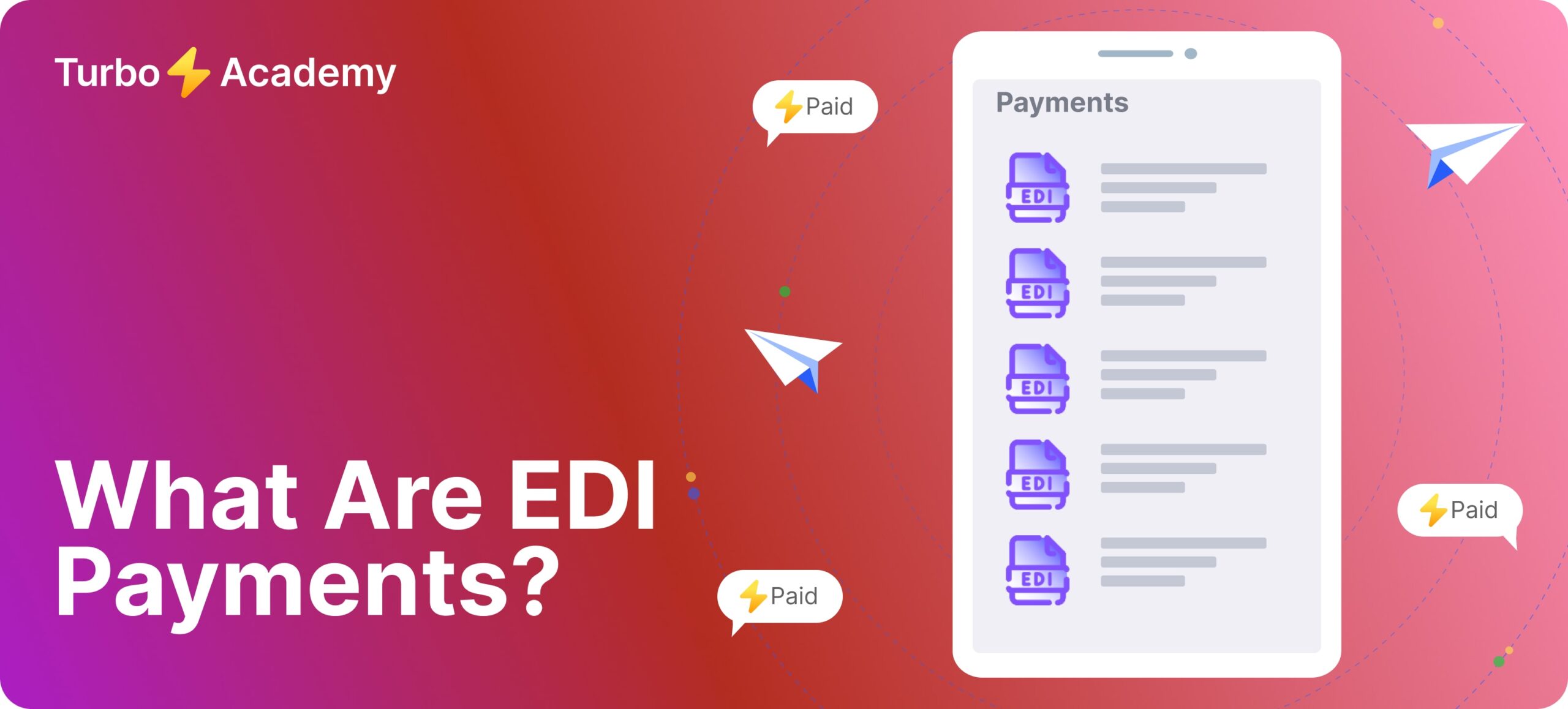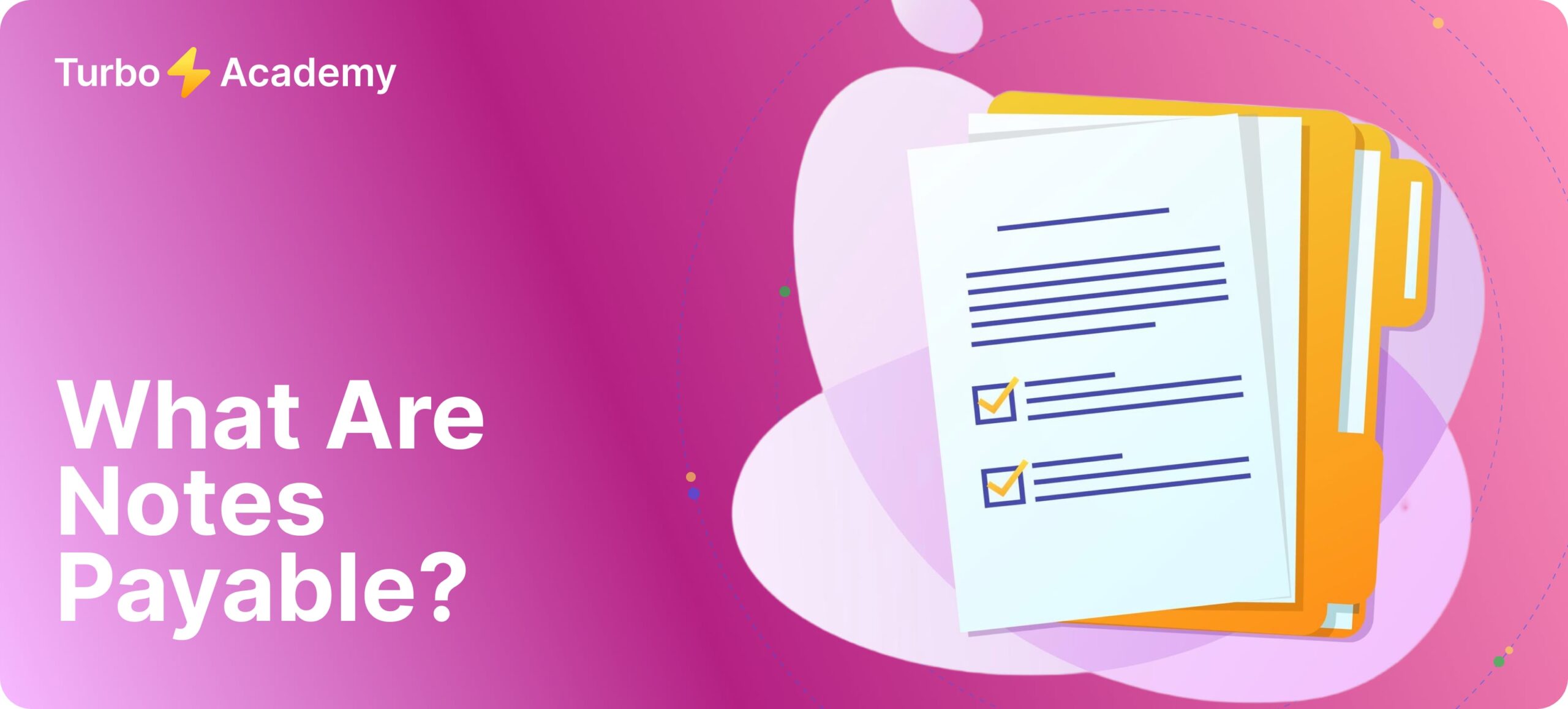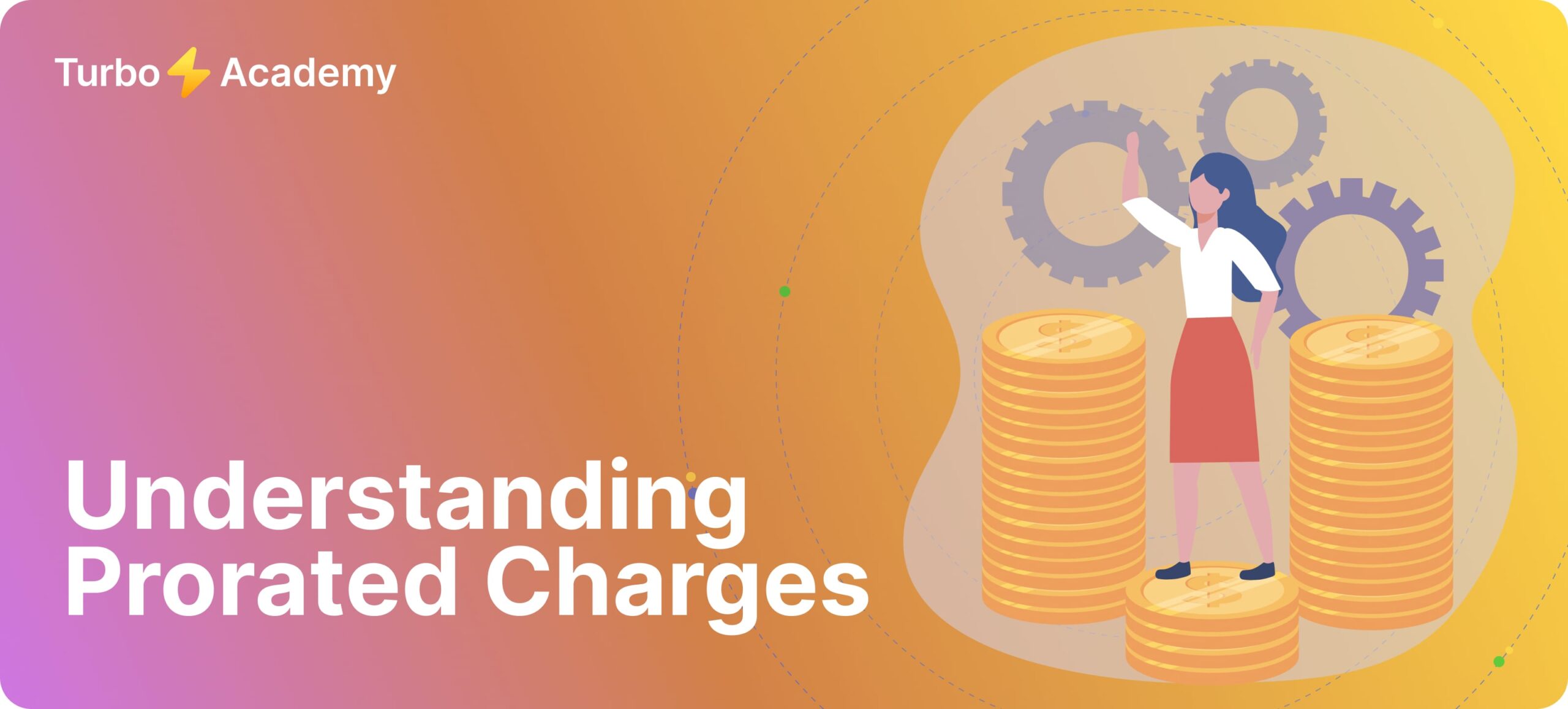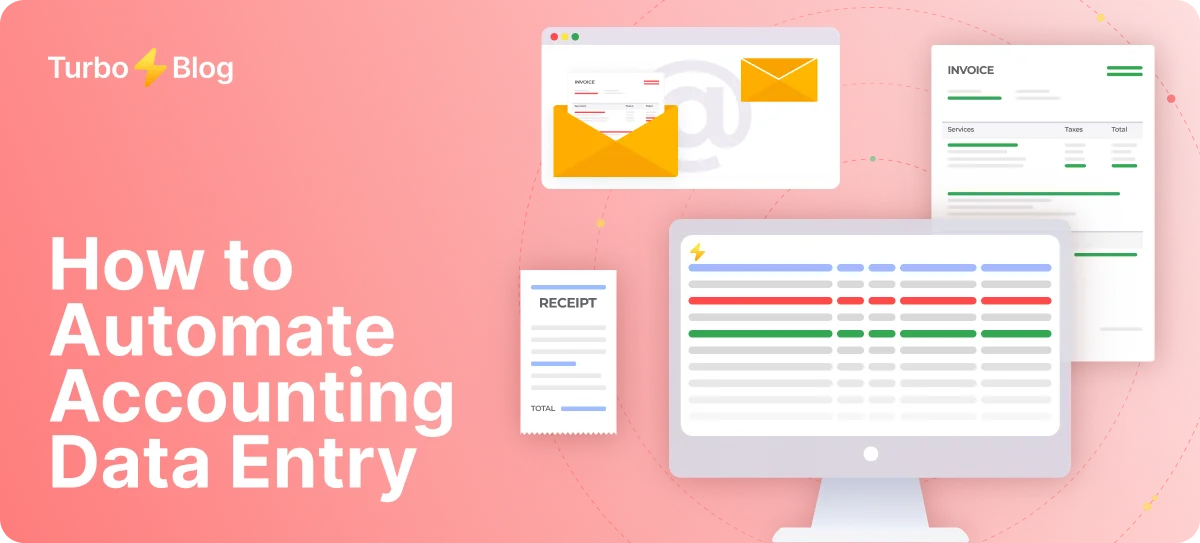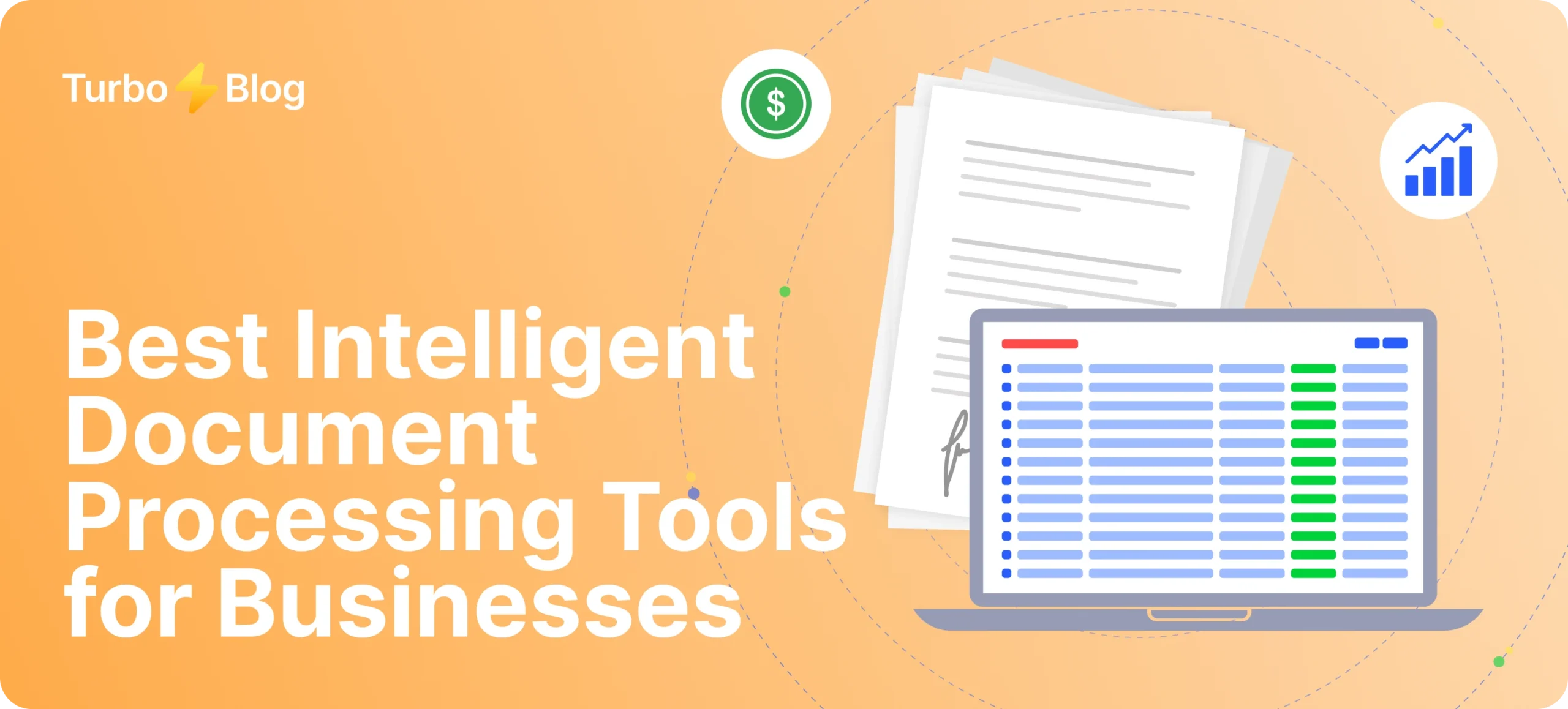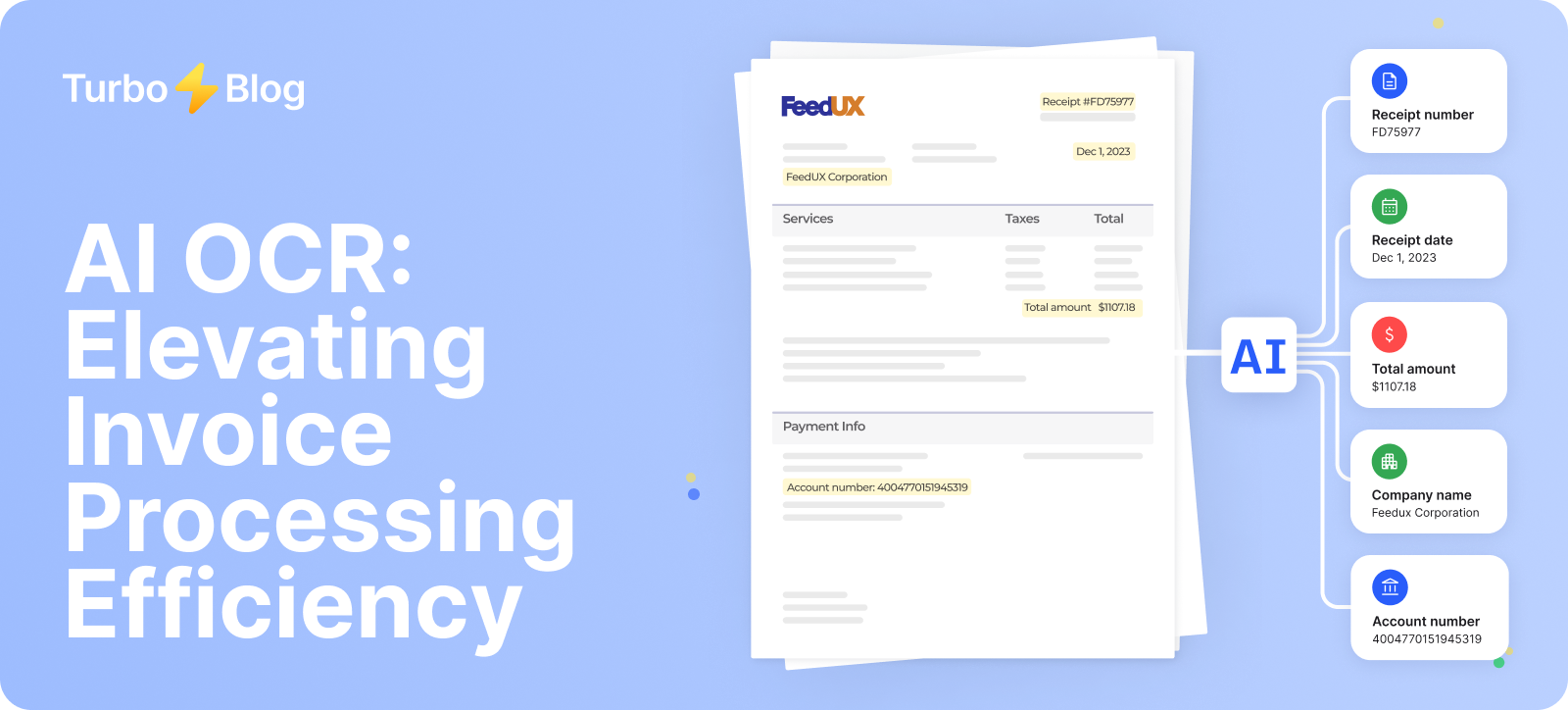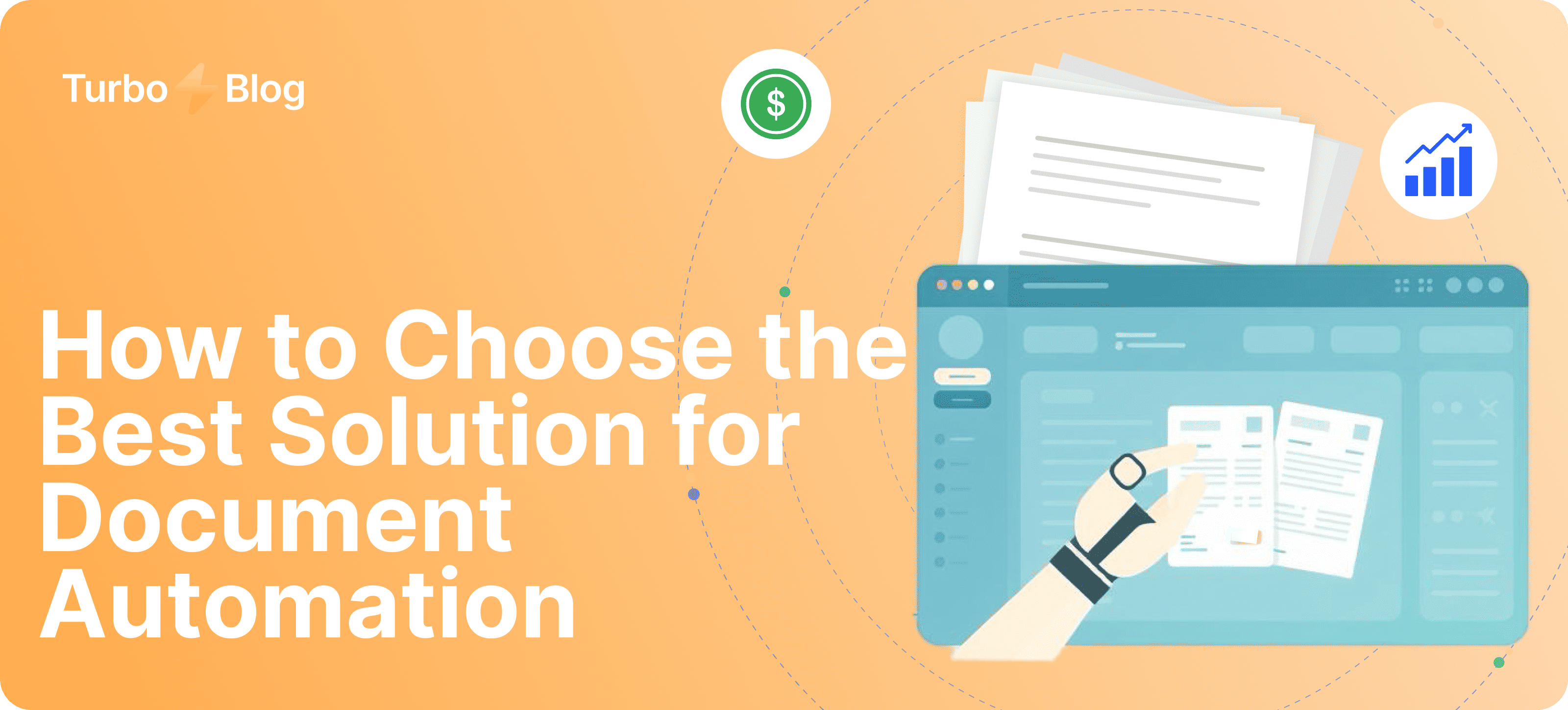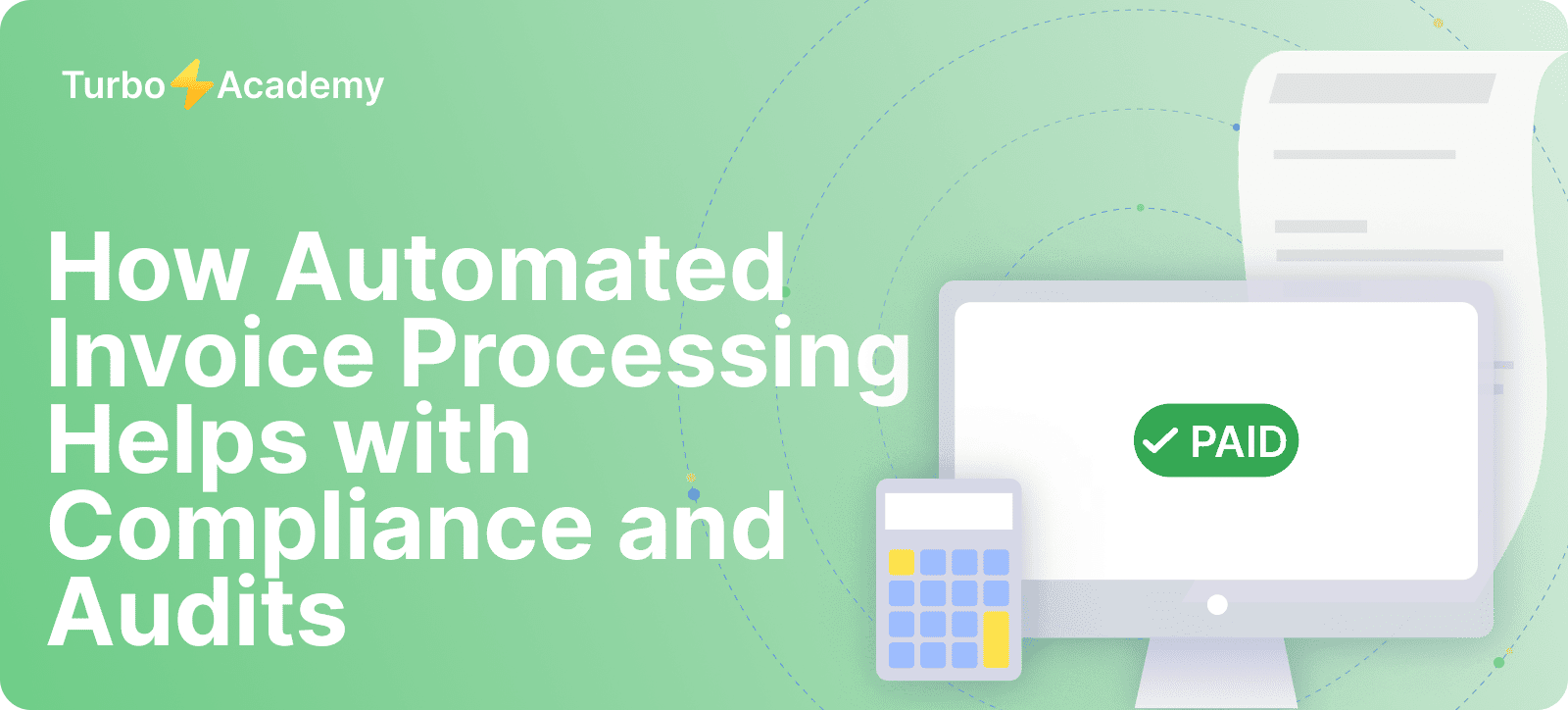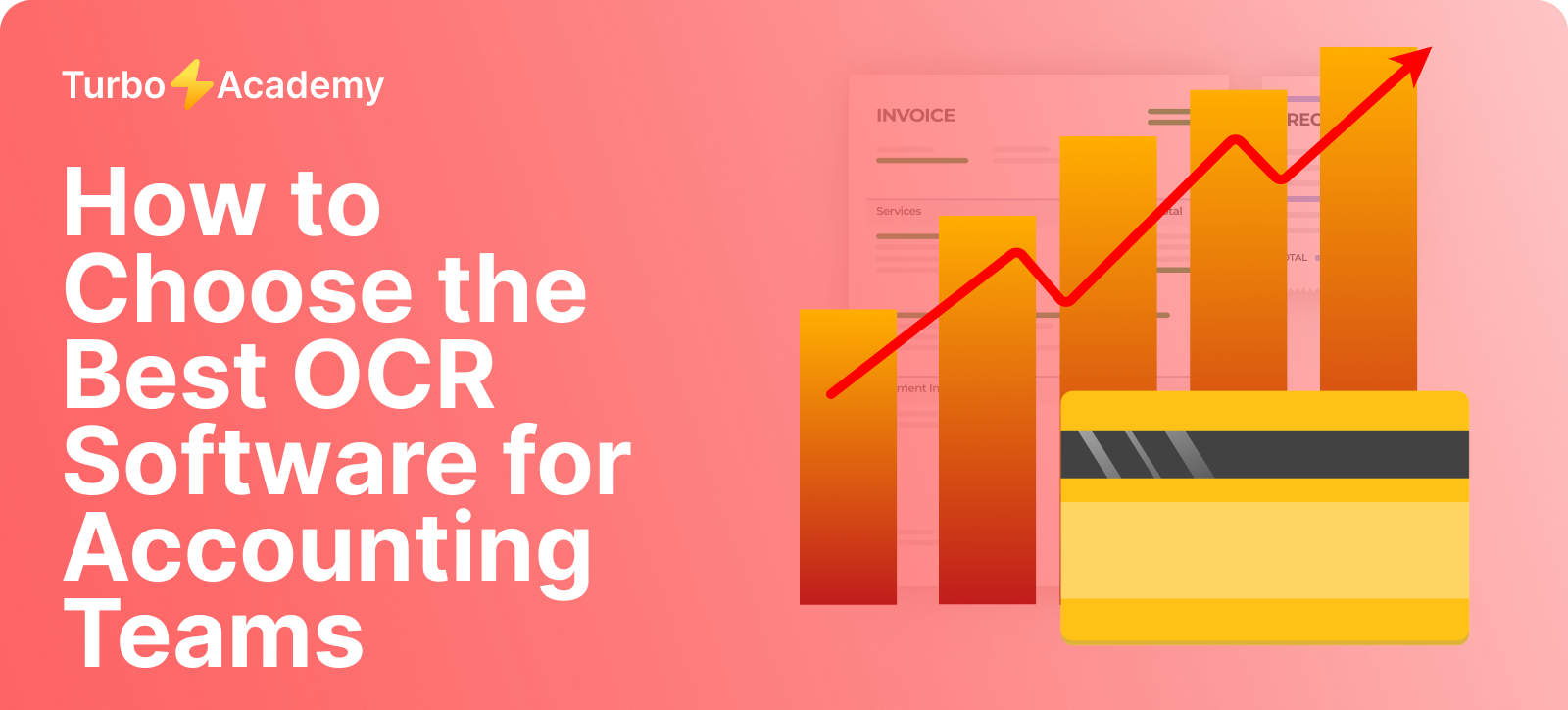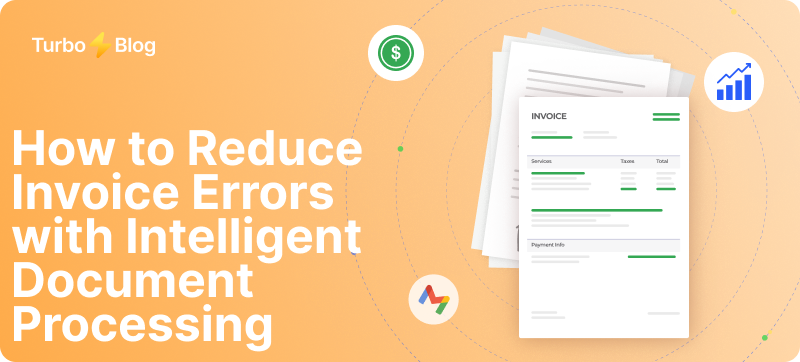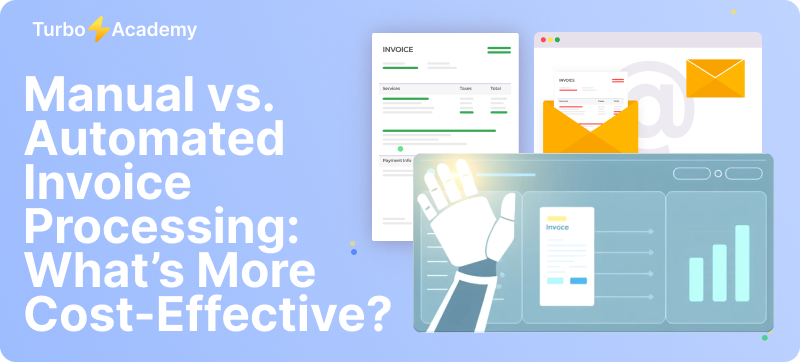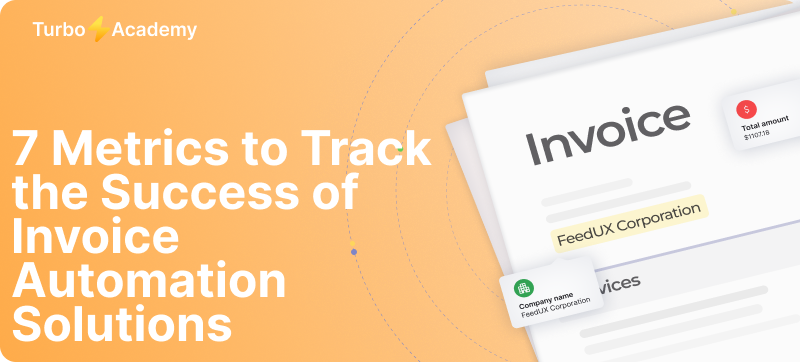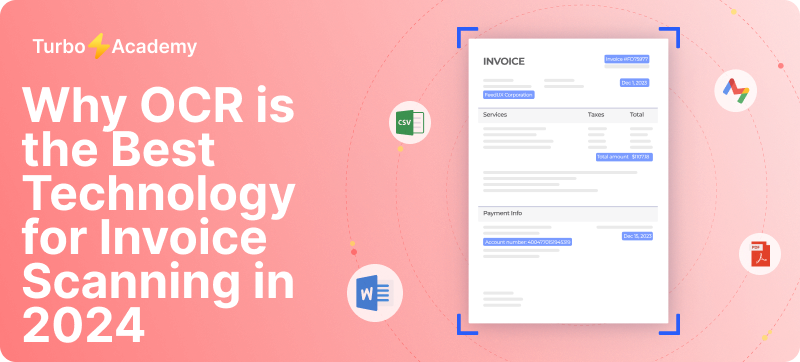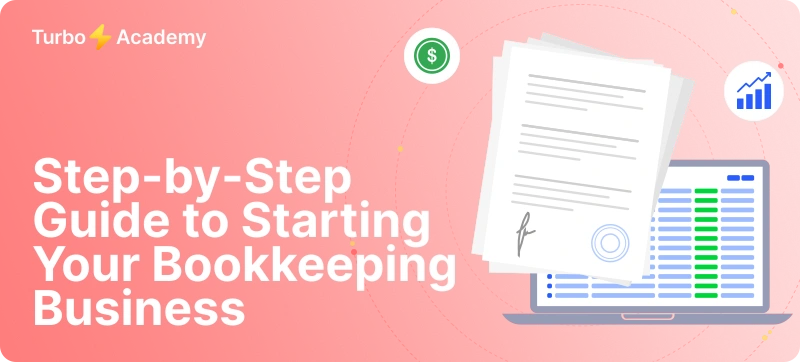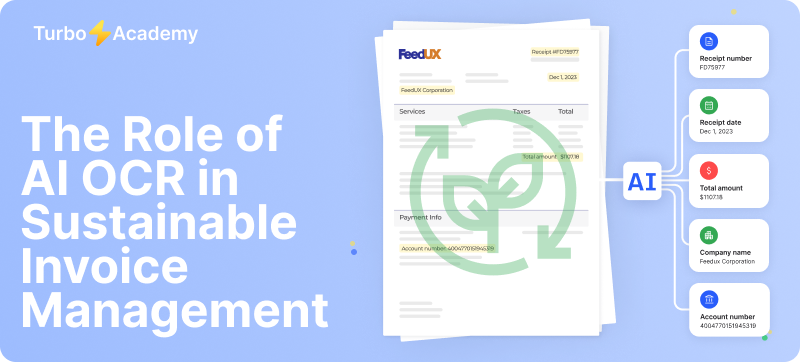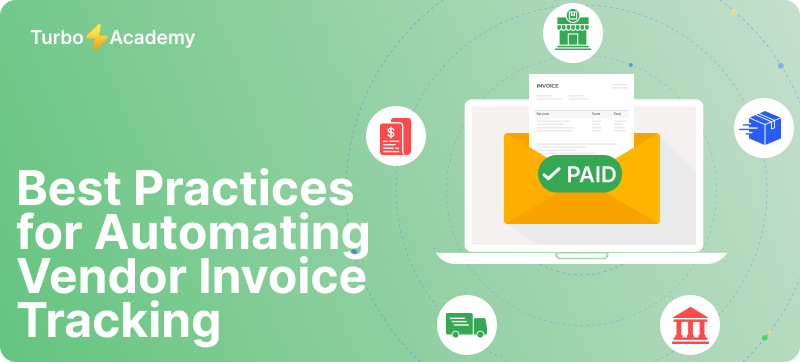In the world of business, efficient procurement and financial management are crucial for success. One of the key tools that facilitate this process is the purchase order (PO). Whether you’re a small business owner, a procurement specialist, or an accounting professional, understanding what a purchase order is, how it works, and its benefits can significantly streamline your operations. In this article, we’ll break down everything you need to know about purchase orders, including how they differ from invoices, how to create one, and best practices for managing them.
Automate document processing with TurboDoc
Recognize invoices, contracts, and forms in seconds. No manual work or errors.
Try for free!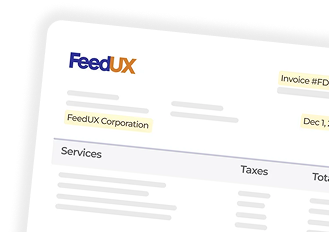
What is a Purchase Order?
A purchase order (PO) is a legally binding document issued by a buyer to a seller, outlining the details of goods or services the buyer intends to purchase. It serves as an official agreement between the two parties, specifying the type, quantity, price, and delivery terms of the products or services. Purchase orders are essential for maintaining clear communication, ensuring accountability, and streamlining the procurement process.
What Problems Do Purchase Orders Solve?
Purchase orders address several common challenges in business transactions, including:
- Miscommunication: POs provide a clear record of what the buyer expects, reducing the risk of errors or misunderstandings.
- Budget Control: By requiring approval before purchases are made, POs help organizations manage spending and avoid overspending.
- Inventory Management: POs help track incoming goods, ensuring that inventory levels are maintained efficiently.
- Legal Protection: A PO serves as a legally binding contract, protecting both the buyer and seller in case of disputes.
In What Situations Do You Use a PO?
Purchase orders are commonly used in the following scenarios:
- Procuring Goods: When purchasing physical products from suppliers.
- Hiring Services: When contracting services such as consulting, maintenance, or software development.
- Large Orders: For bulk purchases or recurring orders to ensure consistency and accuracy.
- Regulated Industries: In industries where compliance and documentation are critical, such as healthcare or government.
Automate document processing with TurboDoc
Recognize invoices, contracts, and forms in seconds. No manual work or errors.
Try for free!



How Does a Purchase Order Work?
The purchase order process typically involves several steps:
Step 1: Identifying the Need
The process begins when a department or individual identifies a need for goods or services and submits a purchase requisition for approval.
Step 2: Creating the Purchase Order
Once approved, the buyer creates a purchase order detailing the items, quantities, prices, and delivery terms.
Step 3: Sending the PO to the Supplier
The PO is sent to the supplier, who reviews and confirms the order. This step ensures both parties are aligned on the terms.
Step 4: Fulfillment and Delivery
The supplier fulfills the order and delivers the goods or services as specified in the PO. The buyer then verifies the delivery against the PO.
The Difference Between a Purchase Order, Invoice, Purchase Requisition, and Sales Order
- Purchase Order (PO): Issued by the buyer to the seller, outlining what is being purchased.
- Invoice: Sent by the seller to the buyer, requesting payment for goods or services delivered.
- Purchase Requisition: An internal document used to request approval for a purchase.
- Sales Order: Created by the seller to confirm the details of a sale to the buyer.
Understanding these differences is crucial for effective purchase order management and accounting.
Automate document processing with TurboDoc
Recognize invoices, contracts, and forms in seconds. No manual work or errors.
Try for free!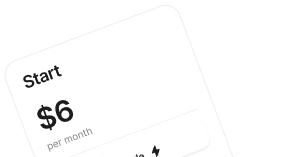
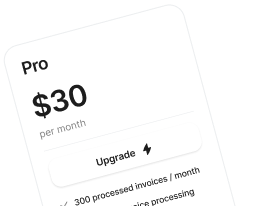
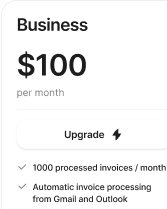
What Are the Types of Purchase Orders?
There are several types of purchase orders, each suited to different business needs:
Standard Purchase Order (SPO)
Used for one-time purchases of specific goods or services.
Planned Purchase Order (PPO)
Outlines future purchases with estimated quantities and delivery dates.
Blanket Purchase Order (BPO) or Standing Order
Used for recurring purchases over a set period, often with negotiated terms.
Contract Purchase Order (CPO)
A long-term agreement with a supplier, often used for large-scale or ongoing projects.
What Information Should Be on a Purchase Order?
A well-structured PO should include:
- Buyer and seller details (names, addresses, contact information)
- PO number (for tracking)
- Date of issue
- Description of goods or services
- Quantities and prices
- Delivery date and location
- Payment terms
- Terms and conditions
How to Create a Purchase Order
Creating a purchase order is a straightforward process:
Step 1: Identify the Need
Determine what goods or services are required.
Step 2: Gather Details
Collect all necessary information, including supplier details, item descriptions, and pricing.
Step 3: Use Purchase Order Software
Leverage purchase order software to automate and streamline the creation process.
Step 4: Review and Approve
Ensure the PO is accurate and obtain necessary approvals.
Step 5: Send to the Supplier
Issue the PO to the supplier and keep a copy for your records.
Automate document processing with TurboDoc
Recognize invoices, contracts, and forms in seconds. No manual work or errors.
Try for free!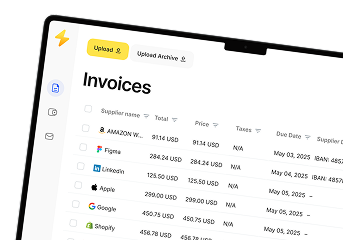
How to Properly Track Purchase Orders
Effective purchase order management involves:
- Using software to track POs in real-time.
- Regularly updating the status of each PO.
- Matching POs with invoices and delivery receipts to ensure accuracy.
The Advantages and Disadvantages of a Purchase Order
Advantages
- Improved Accuracy: Reduces errors in ordering and invoicing.
- Budget Control: Helps manage spending and avoid unauthorized purchases.
- Legal Protection: Provides a clear record of the agreement.
Disadvantages
- Administrative Burden: Can be time-consuming to create and manage.
- Delays: May slow down the procurement process if not managed efficiently.
Is a Purchase Order a Legally Binding Contract?
Yes, a purchase order becomes a legally binding contract once the seller accepts it. It outlines the terms and conditions of the transaction, protecting both parties in case of disputes.
Should Your Organization Use Purchase Orders?
If your organization frequently purchases goods or services, using purchase orders can bring structure, accountability, and efficiency to your procurement process. They are particularly beneficial for businesses looking to improve purchase order best practices and maintain accurate financial records.
Conclusion
Understanding what a purchase order is and how it works is essential for effective procurement and financial management. From improving accuracy and budget control to providing legal protection, POs play a vital role in business operations. By implementing purchase order software and following best practices, your organization can streamline its purchasing process and achieve greater efficiency.
Whether you’re new to purchase orders or looking to refine your existing processes, this guide provides the foundational knowledge you need to get started. Embrace the power of POs and take control of your procurement process today! with TurboDoc’s AI-driven invoice management, you can seamlessly process invoices, reduce errors, and ensure smooth financial operations tracking from purchase order to payment.
❓ Purchase Orders (PO) FAQs
What are the 4 types of purchase orders?
Standard PO – used for one-time purchases with clear details.
Planned PO – issued with estimated delivery dates and quantities.
Blanket PO – covers recurring purchases over a period of time.
Contract PO – establishes terms for future orders but doesn’t specify exact details upfront.
How does the purchase order process work?
The process typically involves: creating a requisition, getting approval, issuing the PO to a supplier, the supplier fulfilling the order, and matching invoices against the PO before payment.
Is a purchase order a legally binding contract?
Yes, once accepted by the supplier, a PO becomes a legally binding agreement between the buyer and seller, outlining terms such as price, quantity, and delivery.
Does a PO or invoice come first?
A purchase order always comes first. It’s issued by the buyer to request goods or services. The invoice follows, sent by the supplier to request payment.
What happens if an invoice does not match a purchase order?
Discrepancies may delay payment. Companies usually investigate mismatches to confirm whether it’s a pricing error, incorrect quantity, or unauthorized charge before resolving.
Can a purchase order be changed or canceled?
Yes. Buyers can modify or cancel a PO, but it generally requires supplier agreement, especially if fulfillment has already started.
What are common purchase order mistakes to avoid?
Frequent mistakes include missing approvals, incorrect quantities, vague descriptions, mismatched prices, and failing to track PO status.
What are the best practices for managing purchase orders?
Best practices include using standardized templates, automating approvals, maintaining clear communication with suppliers, and regularly auditing POs to prevent errors.

